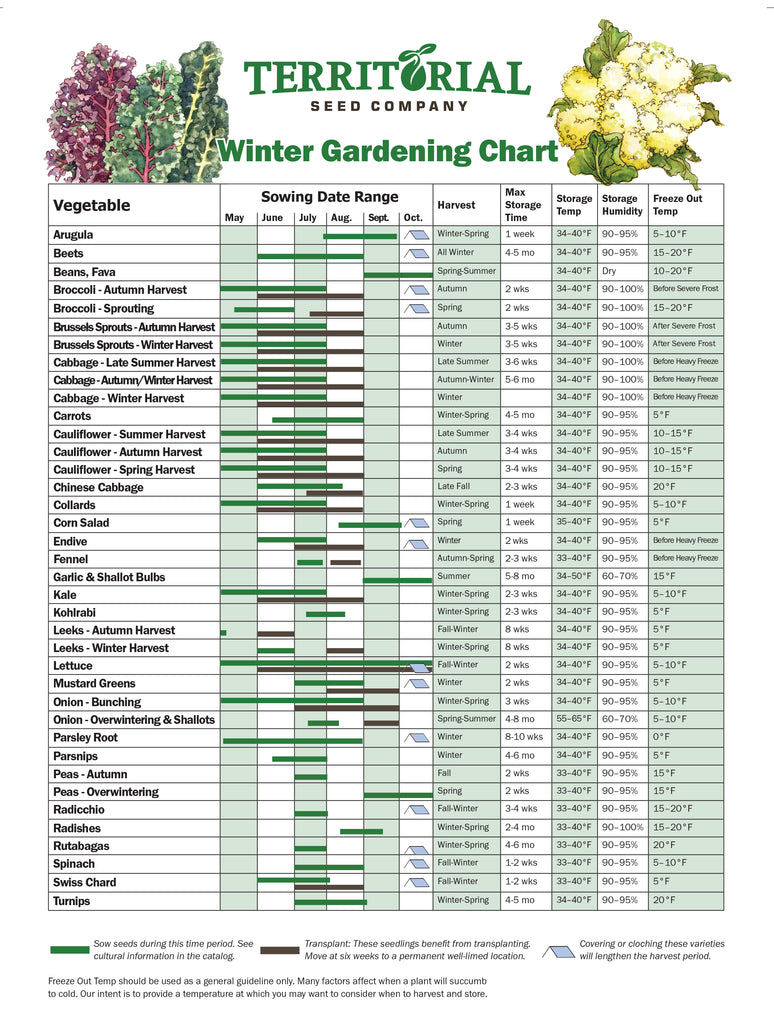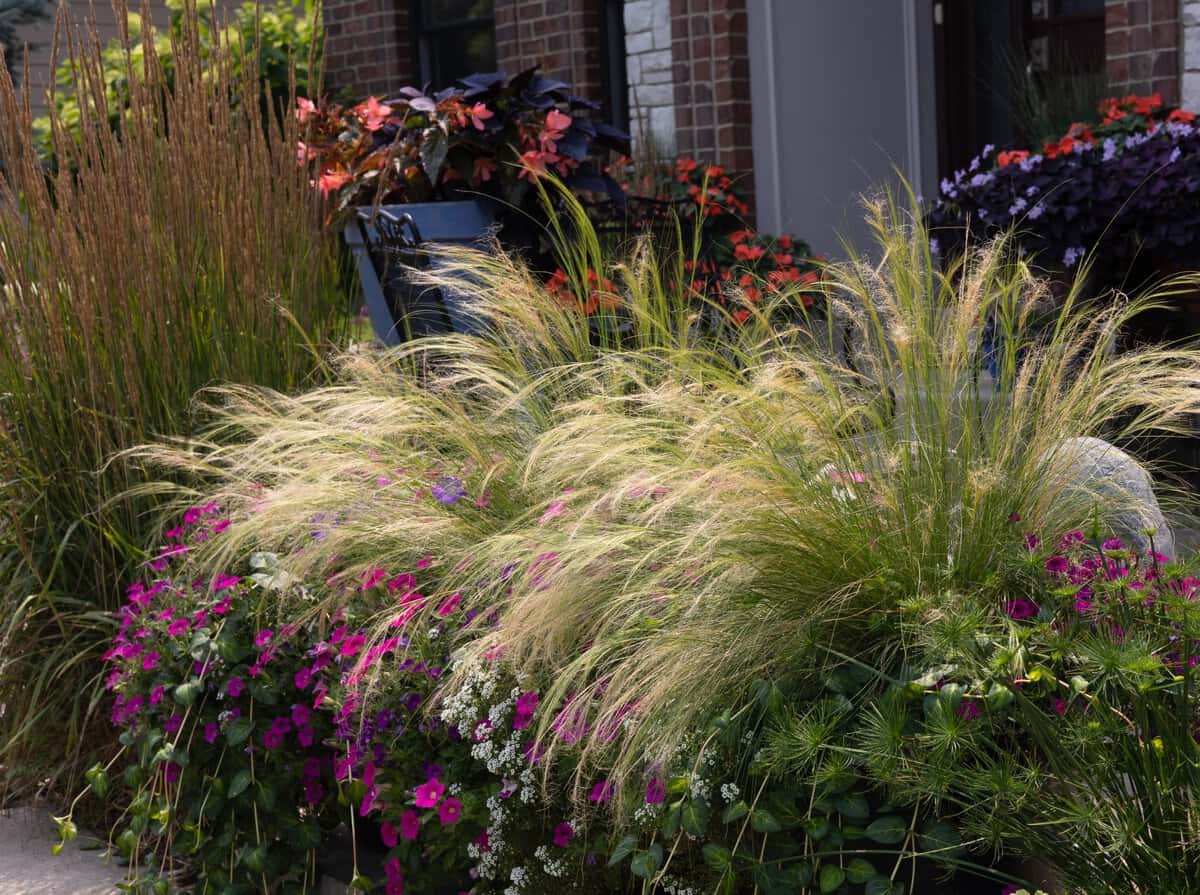Essential Guide to Choosing and Growing Zone 8b Plants Successfully

Back when I first moved to a sleepy patch of zone 8b, I went plant-crazy—a rookie with a trunk full of “guaranteed hardy” perennials and shrubs from the nearest big box nursery. My logic was simple: if the tag said “zone 8b” and I stuck more or less to the planting instructions, what could possibly go wrong?

Fast-forward three months: the rosemary looked like it had been blow-torched. My daylilies limped along, one bloom at a time. The camellias? One got fried on the west side of the house; the other sulked in deep shade, refusing to flower. That summer, I learned something every zone 8b gardener figures out eventually—just not always before wasting a few Saturdays (and greenbacks) in denial.
Let’s talk about those blunders—the real ones nobody lists in glossy garden guides.
Mistake #1: Believing Plant Tags Like Gospel
There’s this unspoken expectation that any plant sporting “zone 8b” in bold will thrive as if it’s come home from pilgrimage. Here’s the twist: those tags are survival, not comfort certificates. Imagine camping outside on a chilly night—it’s doable but hardly pleasant.
I remember planting English lavender along my front path because it looked Provençal in the catalog photo. By July, only two out of six remained, gasping for air in our infamous humid heat spells. Turns out, Lavender hates sticky Southern summers unless you treat it like royalty—mounded soil for drainage, full sun all day, and even then… they sometimes just fold after a rainstorm followed by triple-digit heat.

What actually works: Find out what thrives, not survives—in your part of zone 8b specifically. Ask someone who has dirt under their fingernails at your local Extension office or independent nursery which varieties don’t just limp by but spread like gossip through their own yards.
Mistake #2: Forgetting Your Yard Has Secret Personalities
No one ever warned me that my own small plot could have microclimates as different as neighboring states. One corner bakes dry enough to fry an egg; another stays so soggy after storms that slugs throw pool parties.
Lavender loves that sunny patch near my mailbox but drowns next to the downspout under partial shade. Likewise, I lost two hydrangeas before realizing afternoon sun there turned them crispy by July—even though they were “guaranteed for zone 8b.”
Pro move: Walk your yard early morning and late afternoon every season; map where sunlight falls and water pools. South-facing walls? Great for pushing Mediterranean plants’ boundaries; cool north corners are leafy hosta heaven.

Mistake #3: Treating Planting Season Like an All-You-Can-Eat Buffet
Guilty confession: I used to buy whatever struck my fancy well into May or June—hey, we don’t get frost after March! But here’s what no one says: roots need time to settle before summer turns brutal or (on rare occasions) frost bites back.
Plant roses or trees during a March cold snap just once and watch them pout all season—the roots never quite catch up. Late summer tomatoes? You might outrun powdery mildew only if you’re blessed with luck and rain that year.
My rule: Spring and fall are magic words for almost everything long-lived (perennials, shrubs, trees). For annuals like tomatoes or peppers—wait until your neighbor has mowed twice (usually early April here) before putting them out bare-rooted.

Mistake #4: Assuming More Water Fixes Everything
The urge to coddle new plants leads many folks (me included) to overwater—especially in clay-rich soils common here. My first rosemary didn’t die from drought; it drowned quietly when heavy April rains pooled around its base for days on end.
Plants like salvia and lavender perk up if you mix in chicken grit or builder’s sand under their roots—aim for drainage they’d find on rocky hillsides back home. On heavy soils? Seventh-grade science class comes back with the finger test—stick your finger two inches down; if it feels wet days later, you’ve got swamp issues!
Mistake #5: Shopping by Price Tag Alone
My first blueberry bush came from a discount rack at a superstore—and produced exactly one berry before succumbing to spider mites I didn’t know existed here! Only later did I learn about rabbiteye blueberries bred for Southeast humidity—they barely flinch through our muggy Julys.
Specialty nurseries offer regionally tested stock—even mail-order places like Plant Delights Nursery have teams who obsess over what’ll survive more than a single season here (worth every extra penny).

Mistake #6: Ignoring Local Wisdom & Tools
The best advice I ever got wasn’t online—it came from old Mrs. Parker three houses down who swears by spreading pine straw mulch around her camellias (“keeps them cool as sweet tea,” she claimed), or Mr. Tran on Maple Lane who uses fish emulsion weekly on his knockout roses right after each big flush of blooms.
A $10 pH meter saved me dozens of failed attempts growing blueberries until I fixed my too-alkaline soil with sulfur amendments—something nobody tells you until you taste-scale bitter berries versus sweet ones plucked straight off nearby bushes!
Mistake #7: Expecting No Drama from Pests & Weather
Zone 8b doesn’t get New England blizzards—but sudden ice storms love taking down branches just when camellias begin blooming prettiest.
Afternoon thunderstorms sometimes turn peony beds into muddy lakes overnight.
And deer? They’ll eat knock-out roses to stumps some winters unless you invest in deterrents (Irish Spring soap is surprisingly effective…until rain washes it away).
No one puts “deer buffet” warnings on plant labels!
So Where Does This Leave Us? What Actually Works?
- Start small—a single sunny border for daylilies plus drought-happy herbs was my first win.
- Prepare beds deeply with compost (never skimp).
- Lean into high-confidence winners recommended locally—my perennial keepers now include ‘Stella de Oro’ daylilies (indestructible), camellias under filtered light (blooms even after rare snow dustings), salvia everywhere.
- Water deeply but seldom; mulch religiously against both weeds and southern summer evaporation.
- Experiment! Every loss is tuition paid—my first dead rosemary taught me more than any book ever could.
If you walk your garden early spring mornings—with birdsong overhead, wet earth cool beneath your boots—you’ll notice which plants truly look content and which seem resentful guests at your dinner table. Over time, those happy accidents become next year’s planned bed expansions…and neighbors start stopping by asking your advice instead.
In zone 8b, gardening isn’t about getting every choice perfect—it’s about learning fast from each mistake and enjoying every stubborn bloom anyway. And trust me—I’ve made nearly all these mistakes so you don’t have to!



